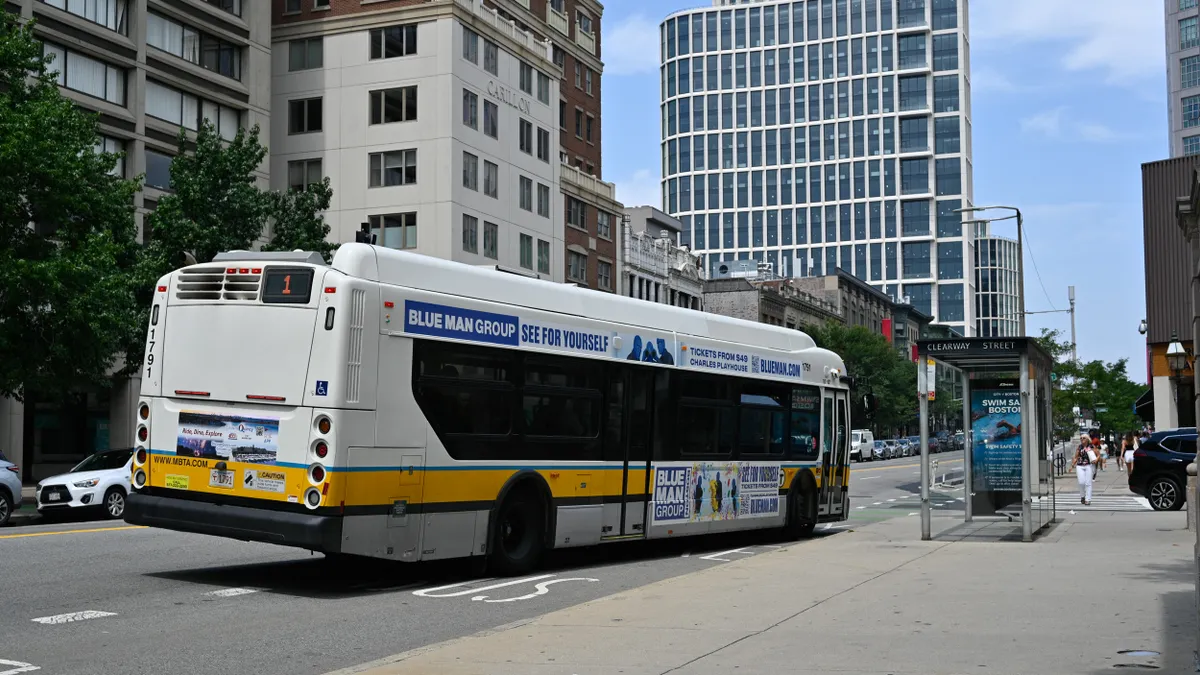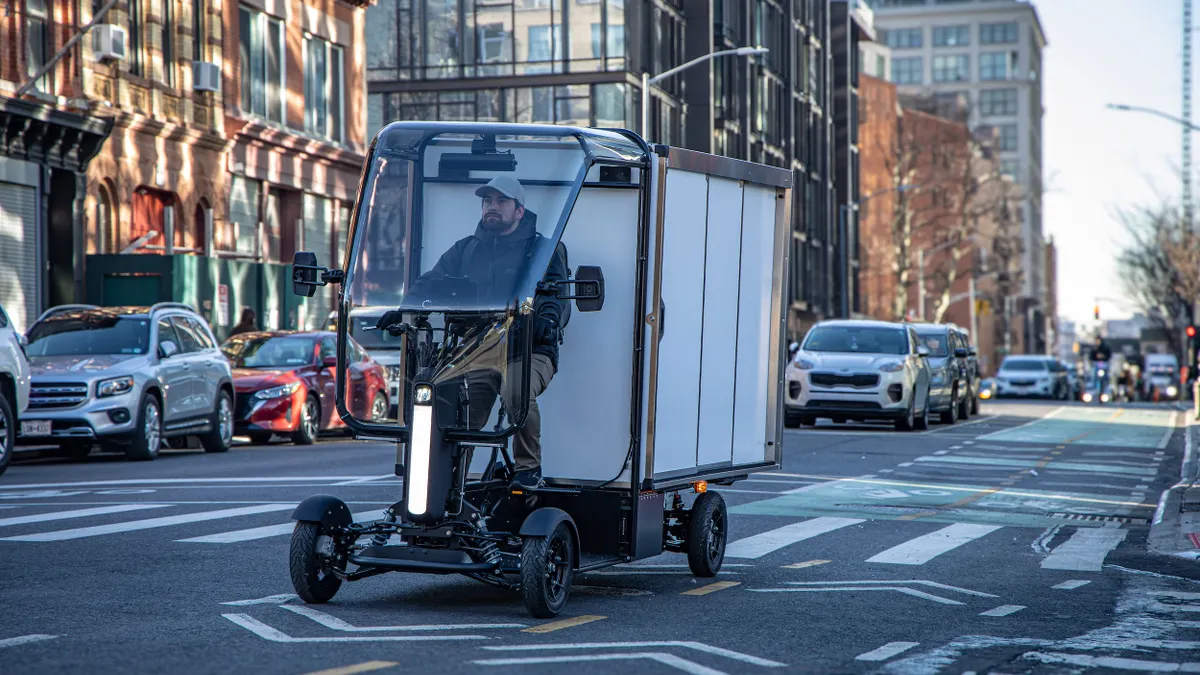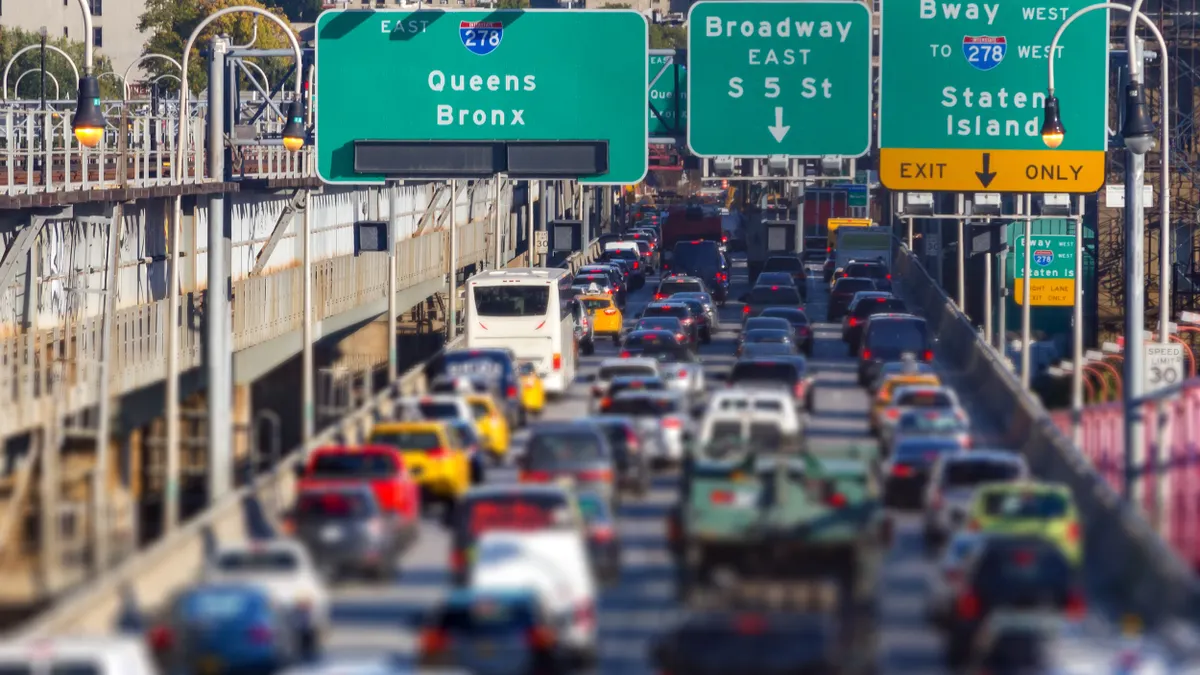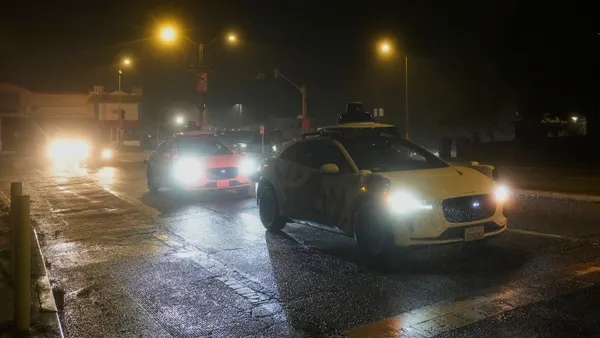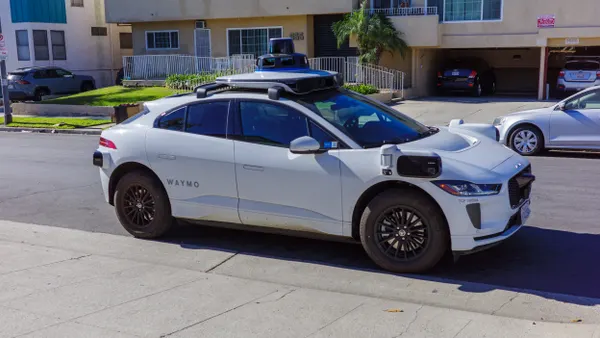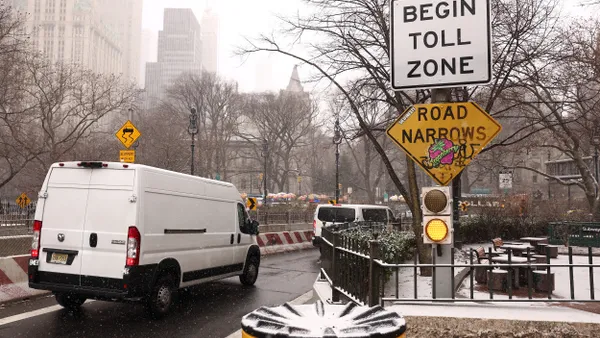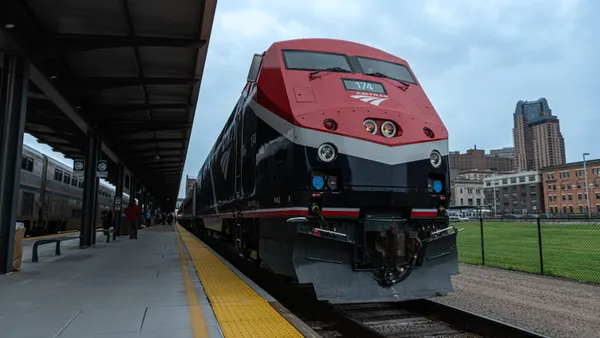Dive Brief:
- Artificial intelligence and machine learning technologies could reduce safety risks and increase operational efficiency while improving riders’ experience with public transportation, says a Feb. 5 blog post by the Urban Institute’s Lindiwe Rennert, a senior research associate in the Housing and Communities Division.
- Some transit agencies are already using these technologies to monitor stations, tracks and roadways for dangerous conditions and to better predict expected passenger use to avoid overcrowding. AI and machine learning can also help to identify bus or train maintenance issues before they result in a breakdown.
- But AI and machine learning come with concerns around equity, discrimination and biases, along with the risks of hacking and misuse of personal data, the post states.
Dive Insight:
Transit agencies create and collect large amounts of data which could help address ongoing financial issues and labor shortages, Rennert writes. Some of this information is currently used to make real-time arrival information at transit stops more reliable and to improve dispatching efficiency for paratransit vehicles, in some cases allowing same-day booking instead of 24-hour advance booking.
Other uses include providing signal priority for transit buses, which is being implemented across the city of Boston, and bus-mounted AI-powered cameras to monitor and enforce bus lane violations.
However, Rennert writes that facial recognition tools, which are mainly trained on White males, can lead to racial discrimination. In addition, audio call-outs of station stops can rely on language models that have biases with regard to the language, gender and accent these models use.
Transit workers worry about the loss of jobs due to AI: The Federal Transit Administration has funded several transit bus and shuttle automation demonstrations and pilot programs in U.S. cities.
Rennert recommends that transit agencies focus on using AI and machine learning to help inform infrastructure changes, such as the need for curb extensions for bus stops and curb-separated bus lanes. AI could also be used to automatically enroll eligible riders in discounted-fare programs, optimize station cleaning schedules or even deploy robotic cleaning machines.



